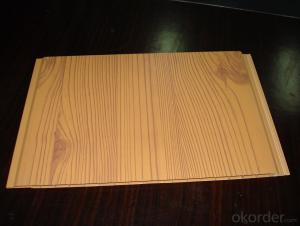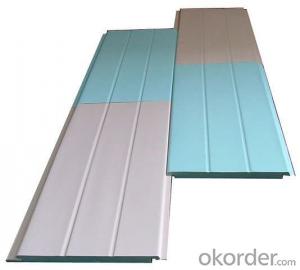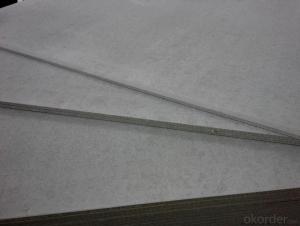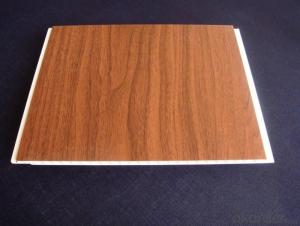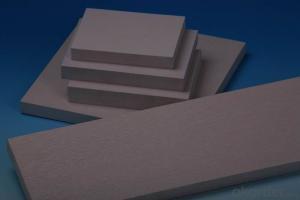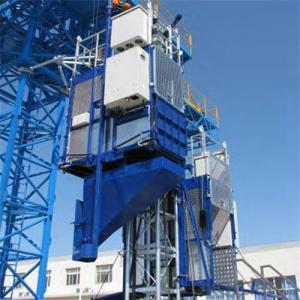Solar Panel Inverter Function
Solar Panel Inverter Function Related Searches
Shiny Or Dull Side Of Aluminum Foil For Cooking Inverter For 100w Solar Panel Solar Panel Inverter For Rv Pvc Tiles For Walls Wall Lights For Bedrooms Inverter Ac With Solar Panel Solar Panel With Inverter Kit Solar Panel Kits With Inverter Solar Panel With Inverter Direct Roving For PultrusionHot Searches
Used Sandwich Panel For Sale Pvc Chairs For Sale Tilt Panel Props For Sale Lightweight Scaffolding For Sale pvc pipe manufacturers in usa Sandwich Panel Price In India China Solar Panel Inverter Solar Inverter Panel Price China Pvc Geomembrane Sandwich Panel Manufacturers In Bangladesh Pvc Roofing Sheets Price India Pvc Roofing Sheets Price pvc resin price index Solar Panel Inverter Size Solar Panel Inverter Suppliers Q Cells Solar Panel Prices Tesla Solar Panel Inverter Honeycomb Sandwich Panel Suppliers Type Of Inverter For Solar Price Of Shipping Containers For SaleSolar Panel Inverter Function Supplier & Manufacturer from China
Okorder.com is a professional Solar Panel Inverter Function supplier & manufacturer, offers integrated one-stop services including real-time quoting and online cargo tracking. We are funded by CNBM Group, a Fortune 500 enterprise and the largest Solar Panel Inverter Function firm in China.Hot Products
FAQ
- To calculate the efficiency of a solar inverter, you need to divide the output power by the input power and multiply the result by 100 to get a percentage. The formula is: Efficiency = (Output Power / Input Power) * 100.
- The function of a solar inverter in a solar power system is to convert the direct current (DC) electricity generated by the solar panels into alternating current (AC) electricity that can be used to power household appliances and feed into the electrical grid.
- Yes, there can be safety concerns with solar inverters. Some potential issues include electrical shocks from improper installation or maintenance, fire hazards due to faulty wiring or overheating, and electromagnetic radiation. However, these risks can be minimized through proper installation, regular inspections, and adherence to safety guidelines and regulations.
- The role of reactive power injection in a solar inverter is to help maintain the stability and quality of the electrical grid. Reactive power is required to regulate voltage levels and compensate for any imbalances or fluctuations in the grid. By injecting reactive power, a solar inverter can ensure that the power generated from the solar panels is in sync with the grid's voltage and frequency, helping to maintain proper power flow and prevent potential issues such as voltage sags or surges.
- The common troubleshooting steps for a malfunctioning solar inverter include checking the display for error messages, inspecting the DC and AC connections for loose or damaged wires, verifying the input voltage and frequency, resetting the inverter, and monitoring the system for any unusual behavior. If these steps do not resolve the issue, it is advisable to consult a professional or contact the manufacturer for further assistance.
- Yes, a solar inverter can be used with solar-powered desalination systems. A solar inverter is responsible for converting the direct current (DC) produced by solar panels into alternating current (AC) that is required for the operation of desalination systems. By integrating a solar inverter, solar energy can efficiently power the desalination process, making it a sustainable and eco-friendly solution for water purification.
- Yes, a solar inverter can be used in areas with unstable grid power. Solar inverters are designed to convert the DC power generated by solar panels into AC power for use in homes or businesses. In areas with unstable grid power, a solar inverter can help stabilize the electricity supply by utilizing the solar energy generated. It can operate independently or in conjunction with the grid, providing a reliable power source even during grid outages or fluctuations.
- Yes, a solar inverter can be used with different types of power factor correction devices. The solar inverter is responsible for converting the DC power generated by the solar panels into AC power that can be used in homes and businesses. Power factor correction devices, on the other hand, are used to improve the power factor of the electrical system by reducing reactive power. The solar inverter can work in conjunction with various types of power factor correction devices, such as capacitors or active power factor correction units, to optimize the efficiency and performance of the electrical system.
